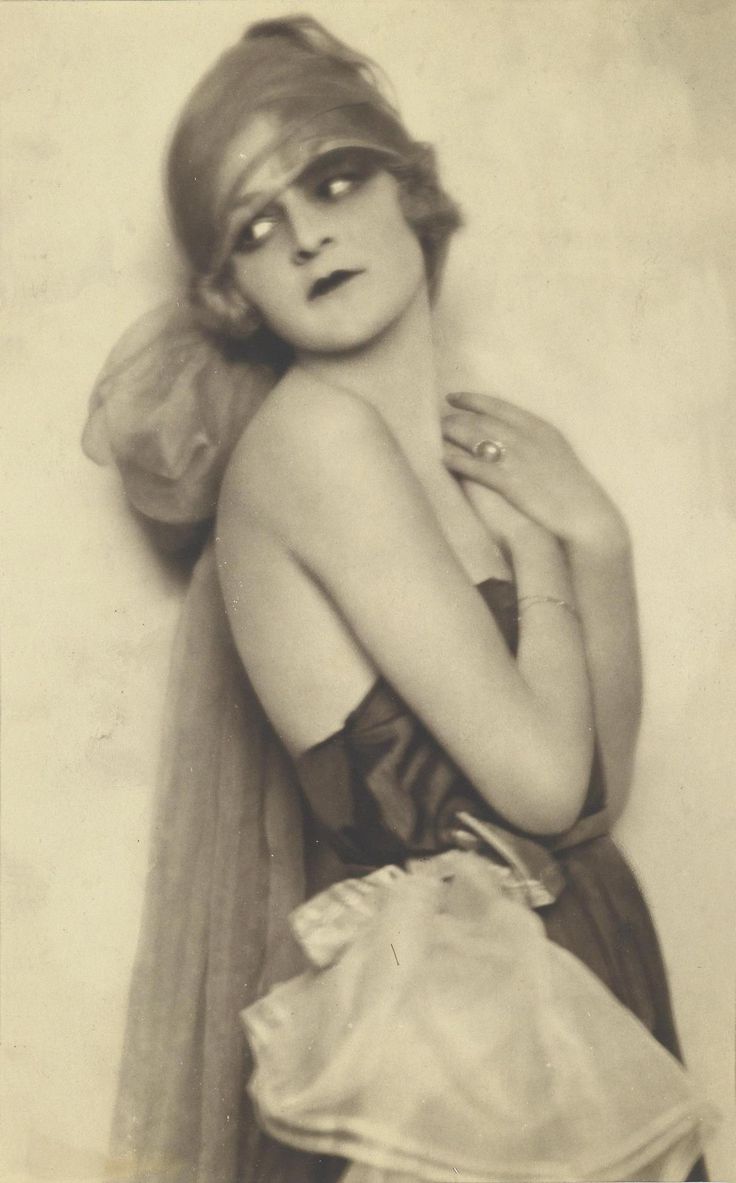Divine Decadence: The Art of Weimar Berlin
Sex, drugs and Jazz. Yes, all that Jazz: we’re in Weimar Berlin– in the 20s! Sexual freedom, reckless abandon, and decadence of Ancient Rome found their way to Berlin, almost two thousand years later!
(Main image: portrait of Anita Berber)
Time Travel
You might be asking yourself how did I end up in the Weimar of the 20s? I was investigating makeup styles of the seventies!!! After trying to pin the sources of inspiration, which I originally thought were inspired by silent movie stars like Theda Bara or Pola Negri. But I also found a trail leading back to Weimar Berlin, through pictures of dancer Anita Berber and Sebastian Droste, one of her partners.
I’ve decided to work on characters that are inspired by Weimar Berlin. Not as rigidly set and historically accurate, but through the ever expanding scope of creativity they inspire. For example, as seen through the lens of European fashion photography of the seventies. And as interpreted by fashion designers like Karl Lagerfeld who quotes the era quite liberally in his designs and photographs. Weimar lives on through movies like Cabaret 1972, and contemporary singers like Ute Lemper.
You can see the Screen Tests as Reels on my Instagram account. One has already been posted as of this week (10th of January 2022) inspired by the unsettling visions of photographer Guy Bourdin. I have two more characters planned for January 2022.
A Hundred Years Ago
But first: let’s give credit to Paris and Josephine Baker for starting the wild ride. The early twenties exuberance was launched off the end of the First World War and the collapse of what was left of the Holy Roman Empire, which Germany had been part of. One of the consequences for Germans, was the crumbling of their currency. For tourists and other wandering artists, this made Berlin the least expensive louche living capital in Europe.
Desperate living for Germans meant prostitution, as a means for the middle class to make much needed foreign money. Creating a collapse of “social order” and Christian morality. It was a rarely seen tidal wave : a tabula rasa, washing the past away. The new found freedom created hubs of free expression in the form of bars, and a diverse nightlife. The influx of artists and other free-thinking people created a blank canvas onto which Berliners could reinvent society.
A Sexual Liberation
While the Suffragettes were asking for votes in the US and UK, the war had seen women working and taking the place of men who went to battle, proving to young women, that the world was theirs for the taking. Short skirts, led to short à-là garçonne hair, which in turn led to wearing tailored suits (after hours). Flappers and Vamps were becoming real life women, not just Silver Screen ideas. And finally, the possibility for many women to be openly homosexual in Lesbian bars. Men also enjoyed the same liberation, as well as those existing in the queer space. Finally, it was ok to be out, and it was entertaining… dizzying ! And yes, it all happened in Berlin, a hundred years ago!
Also found in the city: a communist party strong of a two hundred thousand membership, cocaine, opium, kabaret music, suggestive singing, suggestive dancing, topless chorus girls and various stage acts in various states of undress. There truly was something special in the air, as many of the German songs suggest: Berlin Luft (Berlin air, or more aptly described as “there is something in the air”.)
And still, a hundred years later, the 1920s and 30s still inspire fashion, design (Bauhaus), films, and music. Especially when it comes to ideas of abandon and eroticism. That first bite of the apple, in the open Berlin air, meant the discarding of shame and judgement for many people who had lived clandestine personal lives.
I love this tale of sapphic love in the 20s on Messy Nessy Chic >> Click here <<
Revisiting the Garden of Eden
That freedom of expression flaunts itself in the silent movies, pictures, and songs of the era. There is a special kind of naiveté that we don’t find anymore. Over the years, we have stylized erotica and nudity into very rigid standards, almost fetishizing them. But for those who had the privilege to delve openly into the deep end of humanity, after two thousand of years of Judeo-Christianity, they did so with delight in their exploration. They approached the subject with fun and gusto and without preconceived notions of what it should look like.
Famed Weimar dancer, Anita Berber, is well documented of having consumed all the drugs available under the bright neon lights of Berlin, and of having many partners, women and men. Known for her entrancing dances, she was burning life at both ends of the candle, and died a young death. But by all accounts, she shone like a Nijinsky: no one had seen anything like it.
I like this idea of Anita Berber going down an unknown path of near religious ecstasy devoted to dance, living her art and passion and trying to find the frontiers. Although one doesn’t need drugs or alcohol to free the mind from limitations. But good art is just that: freeing. And as I look at the wonderful art of Weimar, art that Hitler himself condemned as “degenerate”, I still find it’s original spark hasn’t faded.
The depiction of the underbelly, contrasted with beauty. The mixture of the grotesque with the divine, is still unsettling. The Weimar artists celebrated the dark and the strange side of humanity in their work. And rightfully, a zest, a piquant emerges from the era. Up until the year the city was taken over by Hitler’s “clean” ideas of purity and goodness, which ironically, were the good intentions that led to the tragic WW II.


